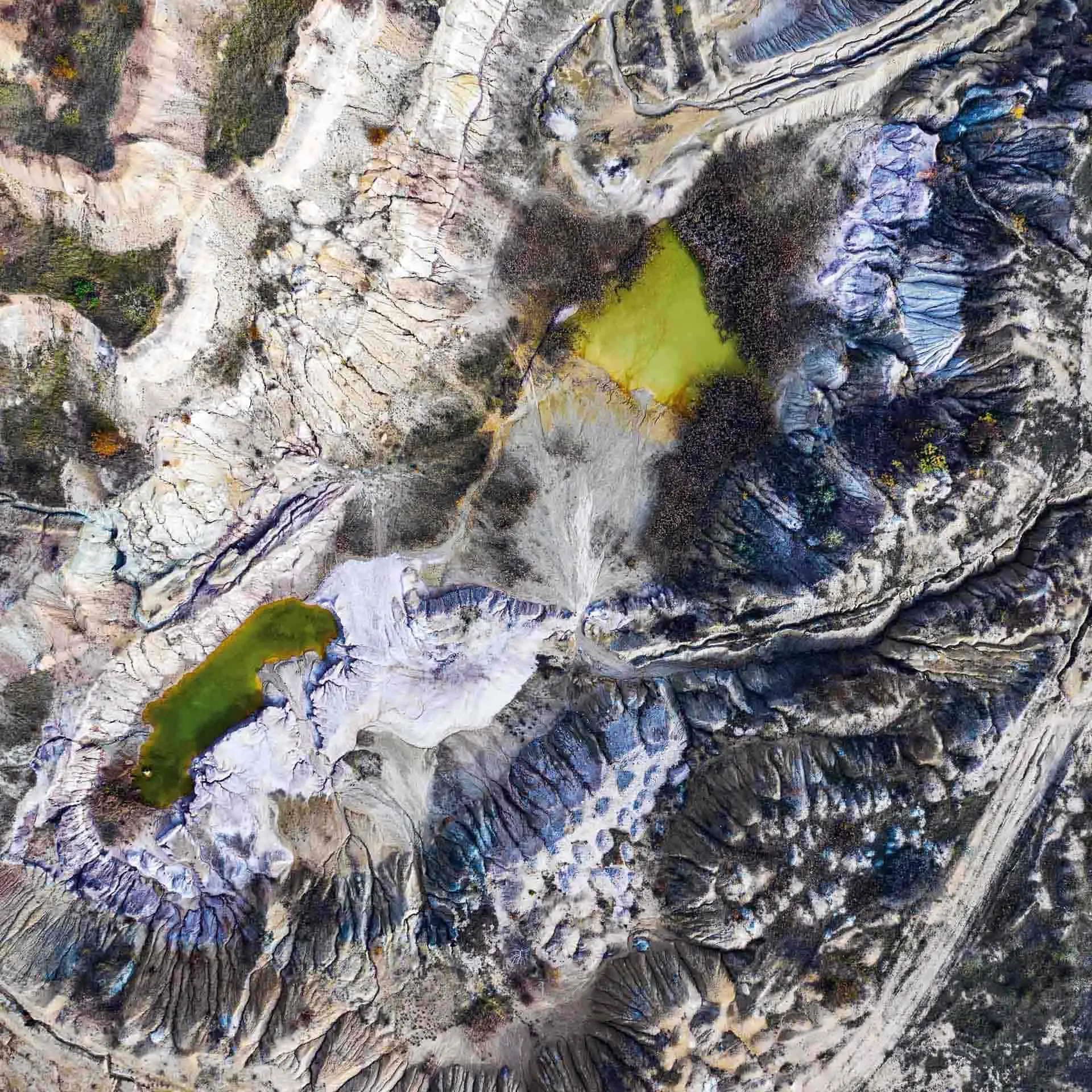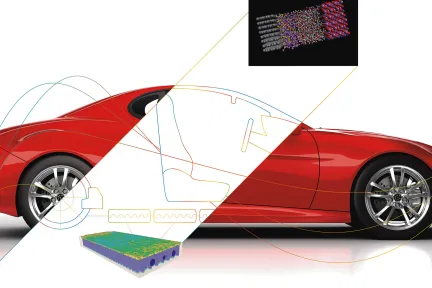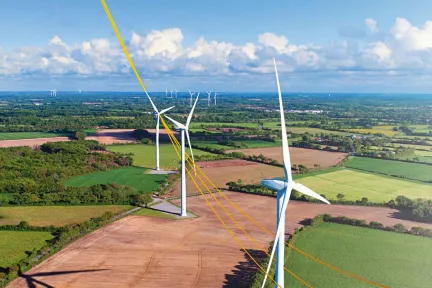The mining industry is at the opposite end of the spectrum from the public’s perception of a gentle business that respects ecosystems. But mining is necessary, especially in the transition towards a low-carbon economy. The electric vehicle revolution cannot take place without the extraction of mineral resources, starting with lithium, widely used in today’s batteries.
Seeing the unseen
Digital twins can be applied to many business sectors; in mining, it can be used to test, plan and optimize the full range of operations. But the parameters in mining are very different to those in other industries. Within a factory, millions of units of the same product can be manufactured, rolling out processes established when production begins. However, mining involves much more uncertainty. It is not always possible to know what will come out of the earth. The GEOVIA suite by Dassault Systèmes addresses the challenges arising in each new project. Mineral content differs not only from one mine to another, but also within a given mine. Operators have to learn, and change their plans and models, in real time. On top of that, once the resource is extracted, it cannot be put back. GEOVIA must make predictions and assumptions to provide an accurate idea of what will be extracted, which means it has to see what is currently unseen.
When working in a mine, so many unforeseen events can occur that the initial plan has to be updated in real time while factoring in the impact on all stakeholders. GEOVIA makes that continuous iterative experience possible.
Changing the script in real time
The platform first creates a geospatial scene. GEOVIA draws on earth sciences, such as geology, importing point clouds developed using data collected from aerial or underground drones to produce a 3D model of underground reality as faithfully as possible, like a future film set. The initial footage shows which path to take to extract the resource from the earth and bring it up to the surface. Naturally, reality has its own rules, and the script sometimes needs to be adjusted. The 3DEXPERIENCE platform brings together the set designers, the scriptwriters and the actors, by factoring in unpredictable data such as terrain-related constraints, mechanical failures and human error.
Digital continuity creates an iterative loop between those planning the work and those carrying it out, or between the scriptwriting team and production crew. But the script does not end once the resource is extracted. This is when the second act, telling the story of how the resource is processed at the surface, begins. Many more steps are involved in converting the raw ore into a substance that can be processed into a marketable product.
Sustainable mines
Creating a virtual universe, in a mine or elsewhere, facilitates sustainable development. The communities in which mining companies work can be taken into account and factored into their operations by assessing safety parameters and finding solutions to make the extraction process less invasive and less destructive. Parallels can be drawn with new techniques used in abdominal surgery. Surgeons used to make an incision, create a wide opening, perform cuts, piece things back together, close and sew up. But these days, they control a robot and endoscope with a joystick, and do not necessarily even need to be in the operating room. This provides a good analogy for mining operations. Digitalization and mathematical algorithms, governed by the rules of geology, curtail the amount of drilling necessary to identify the resource. As such, the mine’s environmental footprint is considerably reduced. Artificial intelligence also can be brought into the mix to interpret data from the visual survey of the rock surface. This avoids use of explosives to blast into the rock, ferrying samples to the lab and waiting several weeks for the geochemical report to come back. Technology is faster and more accurate. Neither does it depend on subjective human judgment, thereby circumventing cognitive bias. It brings together science, nature and people.


